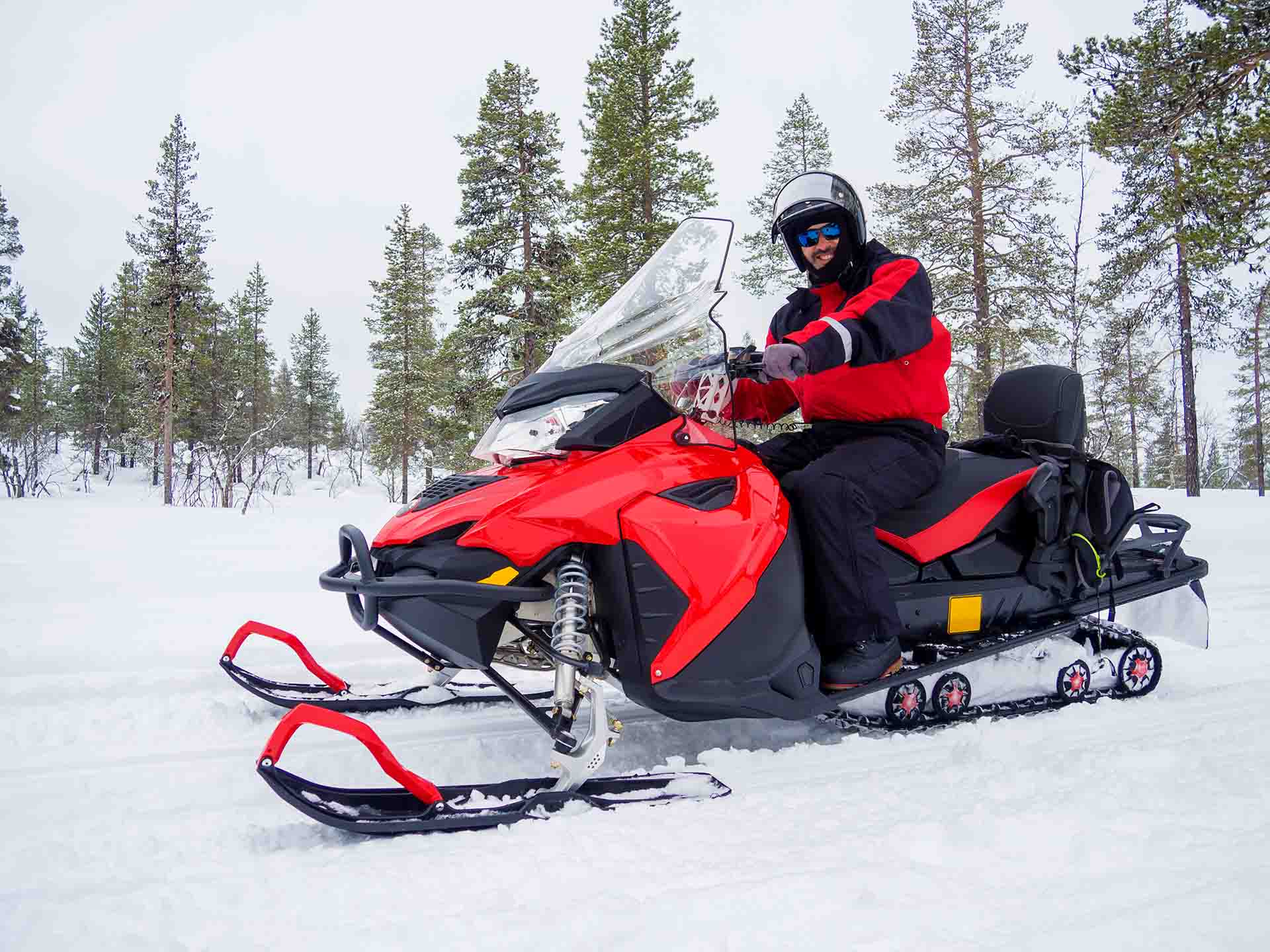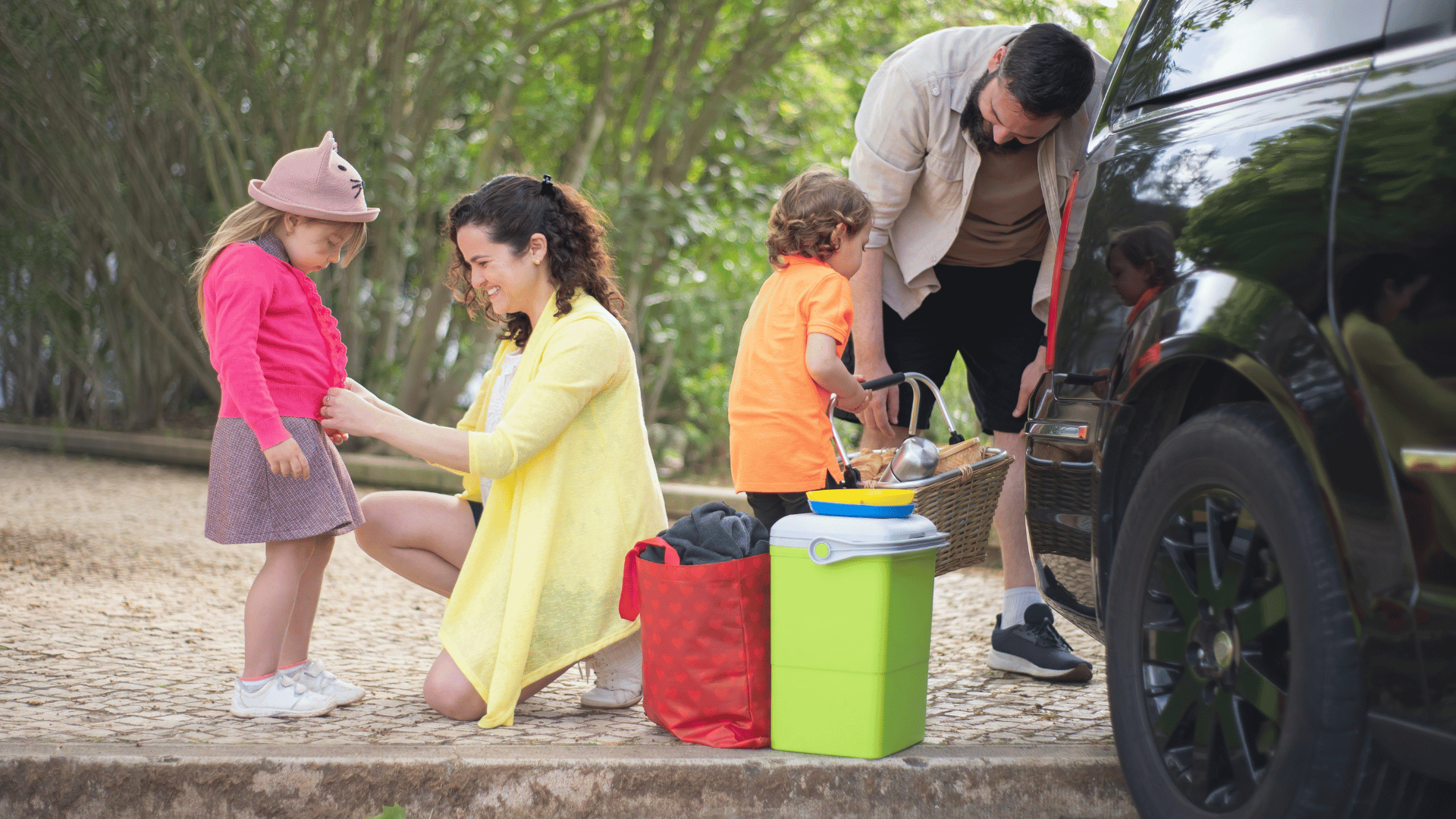
For many Canadians, snowmobiling is more than a hobby; it’s a winter tradition.
Whether you ride for recreation, work, or exploration, your sled needs to be in prime condition to handle snowy trails, icy lakes, and frigid temperatures.
A snowmobile that hasn’t been properly prepared can leave you stranded in dangerous conditions, or worse, cause preventable accidents.
Getting your snowmobile trail-ready isn’t just about mechanical checks.
It’s about ensuring your machine is reliable, safe, and ready for the unique challenges of Canadian winters.
Here’s your step-by-step guide to a complete preseason tune-up and prep.
Why Preseason Prep Matters
Snowmobiles spend months sitting idle in garages or sheds, and long periods of storage can take a toll.
Fuel could degrade, batteries could discharge, rubber components could dry out, and small issues could turn into big problems.
A preseason tune-up helps you:
- Prevent breakdowns on remote trails.
- Extend the life of your snowmobile.
- Improve fuel efficiency and performance.
- Ensure safety for yourself and your passengers.
Step 1: Inspect the Fuel System
Old fuel is one of the most common issues after off-season storage.
- Drain and replace fuel if it has been sitting since last winter. Use fresh premium gasoline recommended by your manufacturer.
- Check fuel lines and filters for cracks or wear. Cold weather makes rubber brittle.
- Clean the carburetor or fuel injectors if your sled hesitates or idles poorly.
Adding a fuel stabilizer at the end of each season makes this step easier next year.
Step 2: Test the Battery
Snowmobile batteries often lose charge during the off-season.
- Charge the battery fully before your first ride.
- Test with a multimeter to ensure it holds a charge.
- Replace the battery if it struggles to crank – better to swap now than risk being stranded.
For long-term care, consider using a trickle charger or battery maintainer during storage months.
Step 3: Check the Track and Suspension
Your snowmobile’s track is its lifeline on snow and ice.
- Inspect the track for missing lugs, cracks, or damage. Replace if worn.
- Check track tension and alignment. A loose or misaligned track reduces performance and increases wear.
- Lubricate suspension parts and look for worn or cracked shocks. Proper suspension improves comfort and control.
Step 4: Brakes and Drive Belt
Safety starts with being able to stop and control power delivery.
- Inspect brake pads for wear and ensure the brake fluid is topped up.
- Test brake response before hitting the trail.
- Examine the drive belt for fraying, glazing, or cracks. Carry a spare belt in your emergency kit – it’s one of the most common on-trail repairs.
Step 5: Lights, Cables, and Controls
Visibility and control are crucial on snowy trails, especially during low-light conditions.
- Test all lights – headlights, taillights, and indicators if equipped.
- Inspect throttle and brake cables for smooth movement. Replace if stiff or frayed.
- Check handlebars and steering components for looseness or unusual play.
Step 6: Fluids and Lubrication
Cold weather puts stress on your snowmobile’s moving parts.
- Top up chaincase oil and look for signs of leaks.
- Grease fittings on suspension and steering points.
- Replace spark plugs if they’re dirty or worn – they are inexpensive and can prevent hard starts.
Step 7: Safety Gear and Emergency Prep
A reliable machine is important, but so is being prepared for the unexpected.
- Helmet and protective gear: Always wear a CSA-approved snowmobile helmet, goggles, gloves, and layered clothing.
- Avalanche gear: If riding in backcountry terrain, carry a beacon, probe, and shovel.
- Emergency kit: Pack a spare belt, tow rope, small tool kit, first aid kit, flashlight, and matches.
- Communication tools: A cell phone in a waterproof case or a satellite communicator for remote areas.
Step 8: Legal and Trail Readiness
Snowmobiling in Canada often requires permits and adherence to safety laws.
- Check your trail permit – most provinces require one.
- Ensure insurance and registration are up to date.
- Review local trail conditions before your first ride.
Off-Season Storage Tips
Proper storage is part of preseason prep.
If you didn’t do this last spring, make it part of your end-of-season routine this year:
- Drain or stabilize fuel before storage.
- Clean your sled thoroughly to remove salt and moisture.
- Elevate the track off the ground to reduce stress.
- Store in a dry, covered space to prevent rust and rodent damage.
Let It Snow
Snowmobiling is one of the most exhilarating ways to enjoy Canadian winters, but it comes with risks if your machine isn’t ready.
A thorough tune-up ensures your sled is safe, reliable, and fun to ride all season long.
Think of preseason prep as an investment: a few hours of work now can save you from costly repairs, inconvenient breakdowns, and dangerous situations on the trail.
With the right care and preparation, you’ll be free to enjoy crisp mornings, snowy landscapes, and the thrill of a freshly groomed trail – worry-free.





